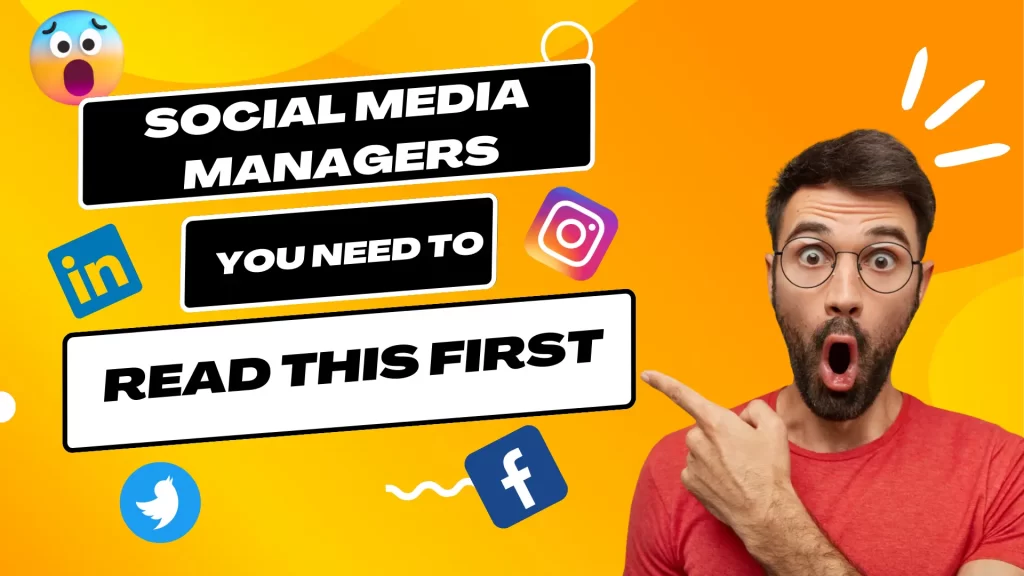Growth hacking is a new term in the world of startups. The term growth hacking is first coined by Sean Ellis OG – Original Growth Hacker an entrepreneur, angel investor, and best-selling author. He was the first marketer at Dropbox and CEO of GrowthHackers.com, I recently interacted with some thought leaders on Growth Hacking and the B2B marketing oracle, and this I came across the term. So now I want to reflect on the witty definition of Growth Hacking.
Growth Hacking is a growth-oriented marketing field. It started with early-stage startups that needed massive growth with small budgets in a short space of time and has since reached larger companies. Generally, the goal of Growth Hacking strategies is to attract as many users or customers as possible, while spending as little as possible. A growth hacker is very different from other hacker terms that you would have in mind. A growth hacker is a person whose true north is growth, In simple words, a person who uses witty ideas, marketing strategies, and hacks to attain massive growth in a short time. Generally, Anyone who is practicing, and analyzing growth channels and hacks can be a Growth hacker.
Let me tell you every start-up is now looking for growth hacks to survive in the long term, and a growth hacker is currently a prestigious job title among startups.
I would like to highlight some powerful strategies of growth hacking through conventional things. It entirely focused on three essential fields
- Content marketing: It’s about generating traffic and ultimately transforming it into buying customers. From blogging to social media to video and visual marketing, it’s difficult to consistently produce inspiring or instructive content.
- Zomato: It is an online food ordering app that creates images, text posts, and videos that focus on humorous marketing strategies and refer to the famous Indian culture. It’s a growth hack.
- Product marketing: Includes leveraging techniques and channels to make your product more accessible to reach the customer base in the marketplace. It can be a software-based (SaaS) product or a physical product.
- Coca-cola: In 2014, they launched the “Share a Coke” marketing campaign and changed the label to “Share a Coke with name,” which was a growth hack step towards product marketing. People rushed out to take cans with their names.
- Advertising: The aim is to inform consumers about the products or services that visitors turn into paying customers with attractive strategies.
- Nike: It is a leading sportswear brand that is a good example of effective advertising, here is the thing they sell feelings, not the product, and rarely present their product. Based on stories and taglines, they played smarter games in the advertising campaign.
Dropbox, for example, comes to mind. Here, they were working on a reward system. Dropbox has already gained customers who love its service, and it is growing exponentially. Dropbox offered 250 MB of additional storage to every user who referred it to a friend, and it received 60% of subscriptions overnight.
Tesla has chosen a growth hack that turns customers into marketers without investing in marketing via billboards and TV commercials, unique! Isn’t that? Another example of marketing through word of mouth, Tesla sells lifestyle rather than product and that’s the mantra. There are more of these remarkable growth hacks – Airbnb, Hotmail, Uber, PayPal, Instagram, Slack, YouTube, etc. All growth hacks have a few things in common – a new creative perspective, lower acquisition costs, and effective results. Any strategy you develop, and any technology you implement, should have the desired growth goal.
How does growth hacking help in B2B marketing? When I talk about B2B marketing, it has become an advantage for b2b startups, agencies, and businesses, so Growth Hackers always try to experiment across all marketing funnels, with the goal of attracting as many users or customers as possible. Let’s talk about sales that are generally based on sales speed, which means a measure of how quickly deals go from a contact to a conclusion. If you are an entrepreneur, you raise so much capital that you can cover twice your total sales speed, and the fact is that it can take a year or more to complete a deal, depending on the speed.
B2B growth hacking has something of a pipeline in which all processes and strategies continue. To keep it short, B2B marketing revenue is actually based on email marketing and account-based marketing. However, the best source of sales in B2B marketing is through leads on LinkedIn, while account-based marketing is a more personalized approach, for example, fishing in a pond rather than the sea.
Growth hackers are always looking for growth strategies and proper marketing channels to grow, and when it comes to marketing channels, then social media platforms are the best way to grow your brand.
If small businesses are to survive in the long term, they need to find the best strategies and channels. Concepts, especially in marketing, are enormously important to understand, and they need experience to implement the actual process.


